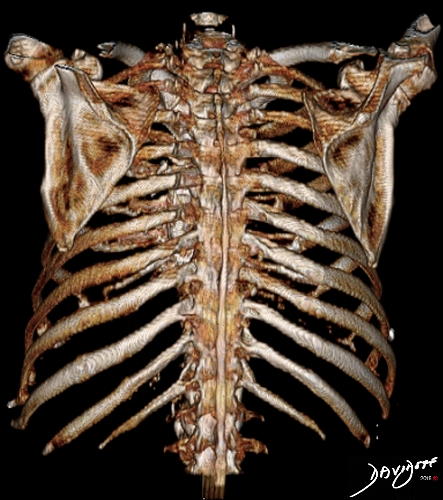
Bones are rigid organs that are part of the musculoskeletal system and also make up the endoskeleton.
Structurally they are characterized by their hard, strong yet lightweight nature.
Functionally they enable support of the body, provide anchorage and protection for the organs, enable movement, provide a reservoir for minerals and adipose tissue, and provide a home for hematopooietic function.
The bones are structurally charcterized by their hard and resilient structure. The muscles are characterised by soft and contractile nature. The ligaments and tendons by their tensile and resilient nature, and the cartilage by their smooth and “shock absorbing” characteristics.
The most common diseases are traumatic in nature including fractures, strains, dislocations and wear and tear. Inflammatory disease and arthitis are also relatively common.
Diagnosis is guided by clinical evaluation and confirmed by plain X-ray examination, CT scanning, MRI and radioisotope studies.
Treatment is often surgical but for the inflammatory diseases medical therapy is commonly used as well.
Skeletal System exemplifies the concept of parts and bonds magnificently
Muscular System also from 7active studio
